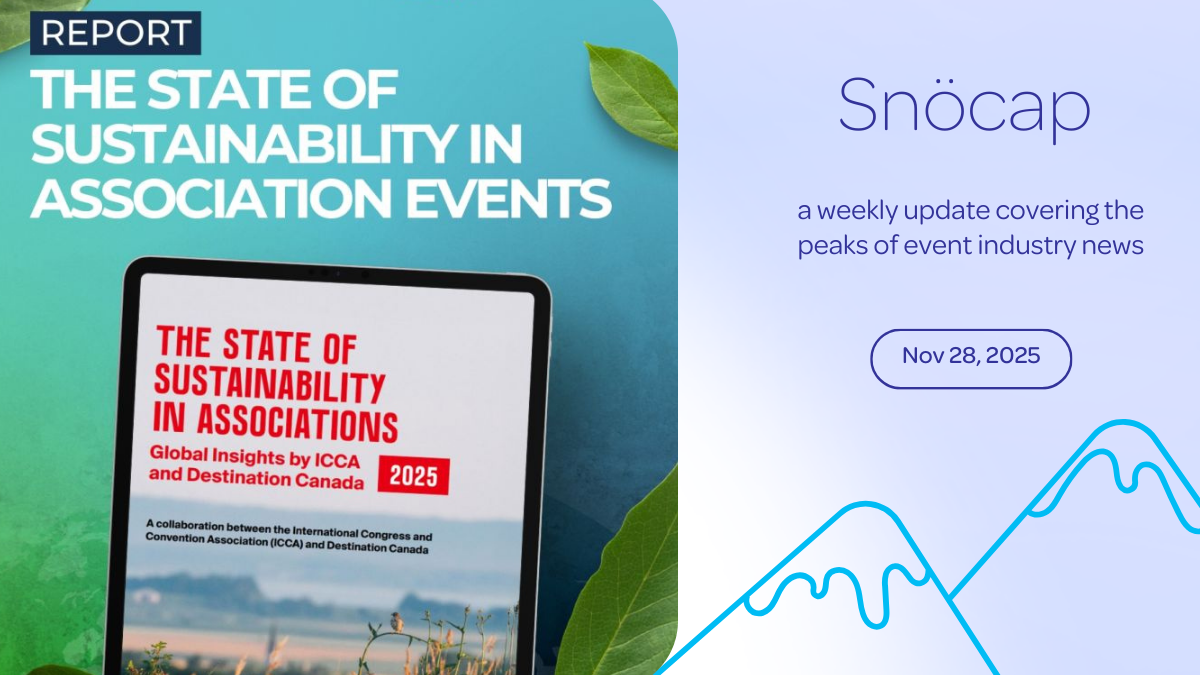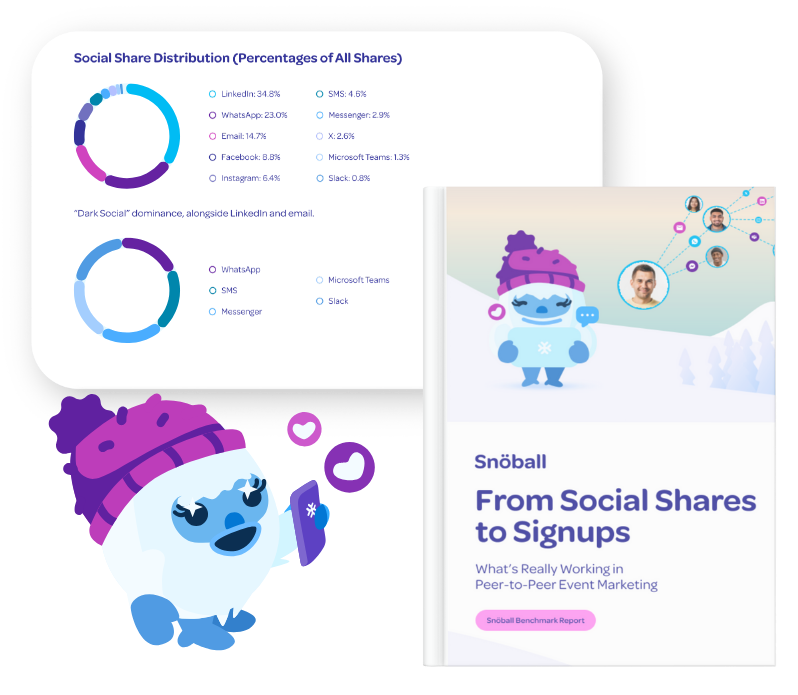How to Promote a Virtual Event and Maximize the Influx of Online Traffic.
COVID-19 (coronavirus) has the events industry hanging in the balance and many major conventions like the Mobile World Congress, Facebook F8, Google Cloud Next and Adobe Summit in the US are canceling or postponing their shows indefinitely. With the influx of online traffic and demand from eager industry professionals, making the switch to a virtual event provides a smart alternative for event professionals.
Wondering how to promote your virtual event and maximize the online opportunity? Follow these 7 tips to promoting a virtual event for better attendee reach.
1. Communicate a Compelling Value Proposition
When creating a value prop, you should always be thinking about what drives attendees to take action and register at your event. Highlighting the drive to learn about your niche industry and connect with others is always a surefire hit. Since virtual communications are —by nature— far less dynamic than in-person, framing your event as a ‘shared experience’ between working professionals is definitely a bright idea when going the digital route. Up the ante with a solid mission statement that aims to unite attendees under one common goal that ultimately creates a strong sense of ‘shared success’.
2. Incorporate Dynamic Visuals & Interactive Content
Grab attention online with some stand-out content. This could be as simple as eye-popping videography or an amazing Slideshare. Both work wonders to break up a static feed and according to a recent video marketing survey by Wyzowl,
[perfectpullquote align=”full” bordertop=”false” cite=”” link=”” color=”” class=”” size=””] 85% of businesses used video as a marketing tool in 2019 and 88% said video yields a positive ROI [/perfectpullquote]
Pair that with a solid CTA (call-to-action) statement or a prompt for collaboration and you’re off to the races! After all, it’s the feeling of motivation and inspiration that prompts people to attend your event in the first place and what better way to foster this energy amongst conference-goers than by inviting them into the conversation.
3. Do a Soft Promotion AND a Hard Promotion
Kristen Matthews says that;
[perfectpullquote align=”full” bordertop=”false” cite=”” link=”” color=”” class=”” size=””]“The average person signs up for a virtual event two weeks before it takes place.” [/perfectpullquote]
Therefore, your marketing budget should plan to start a soft promo weeks, if not months before the conference in order to generate leads and catalyze online communities. Of course this all depends on the size of your event (larger-scale events should consider tacking on a few more months than smaller-scale events). At the same time, make sure to spare a decent chunk of your marketing budget for the final weeks leading up to the event as the majority of sign-ups occur within this timeframe. Consider this the “golden hour” of event marketing, where everything seems illuminated with excitement and anticipation.
4. Leverage your Partners with Shareable Content
Your exhibitors, sponsors, and speakers are your most valuable assets and are what makes your event rise above the rest. Yet, one of the advantages of aligning yourself with quality speakers that is often overlooked is the fact that they hold a network of people they can promote to. Their audience most probably attains similar business objectives and interests that might align well with your event’s intentions. In order to encourage as much promotion as possible, make it a priority to create content that is easy for them to share, such as unique, branded landing pages.
5. Measure your Campaign with URLs
When thinking about how to promote a virtual event, it is always important to be on top of what content is performing best and resonating with your audience. Not only does this help improve on your campaign strategy by weeding out the not-so-successful outreach initiatives, but it also provides event professionals with a bit of insight as to what people are most excited about during the conference. Event profs can then use that feedback to customize their experience to each individual such as recommended content based on what their online history reveals about their interests and business objectives.
6. Make Customer Support a Priority
Though webinars and discussion boards might be second nature to all the tech-savvies of today, providing quick and easy support to your attendees is a great way to differentiate your event from the rest. When it comes to going virtual, it’s always best to prevent technical headaches with a stellar customer support team and accessible channel of communication. You’ll want to make sure that everyone understands the ‘whens’ and ‘wheres’ of the itinerary; how they can tune-into different sessions; how they can expect to receive the recordings of the session later on, or what software they might want to download in advance. In addition to adding a FAQ page to your website to help respond to these key questions, you can also send out email blasts to attendees that highlight different aspects of your experience. For example, we love to work with Zoom Video Communications for all our meeting solutions needs. Sending out an email blast that gives your attendees a preview of how this service works and the value that it brings to your event does a great deal for those who are not yet familiar with Zoom and gives attendees a better idea of what to expect from the experience.
7. Record EVERYTHING for Follow-Up Content
Pull out your notebooks because this next tip is a must-have when it comes to promoting a virtual event.
If your event was a success, we’ll bet you a shiny penny that people will want to re-watch certain sessions and workshops in order to put what they learned into practice. Go above and beyond expectations and reward your attendees with a link to the full recording. This will undoubtedly bring new value to your experience and leave attendees feeling like they got good bang for their buck. You can also use the content to re-engage with them and reach those who couldn’t attend in order to continue to grow the community post-event. What better way to set-up your next event than by wrapping up with a strong, lasting impression?
Have any more questions on how to promote a virtual event or would like to share your marketing tips? Comment in the box below!





